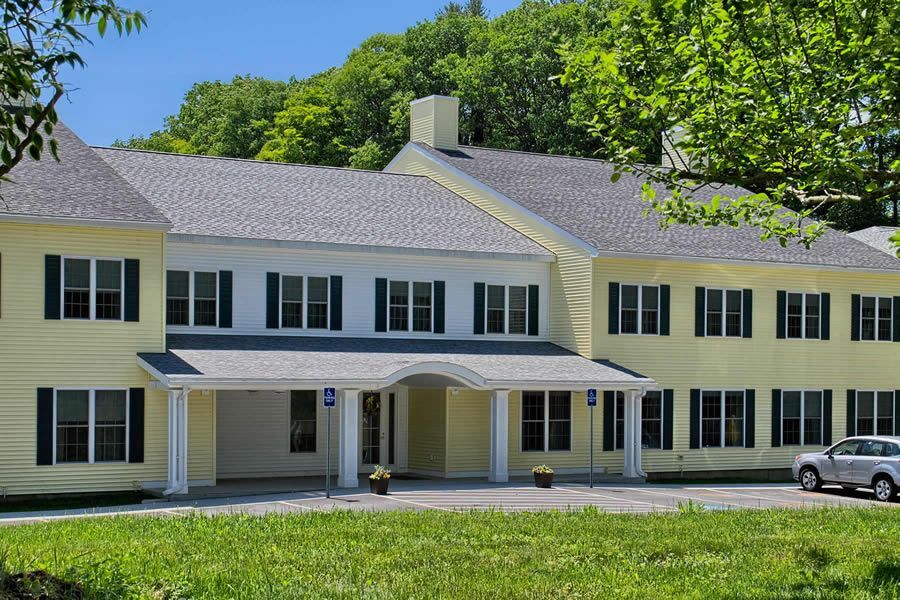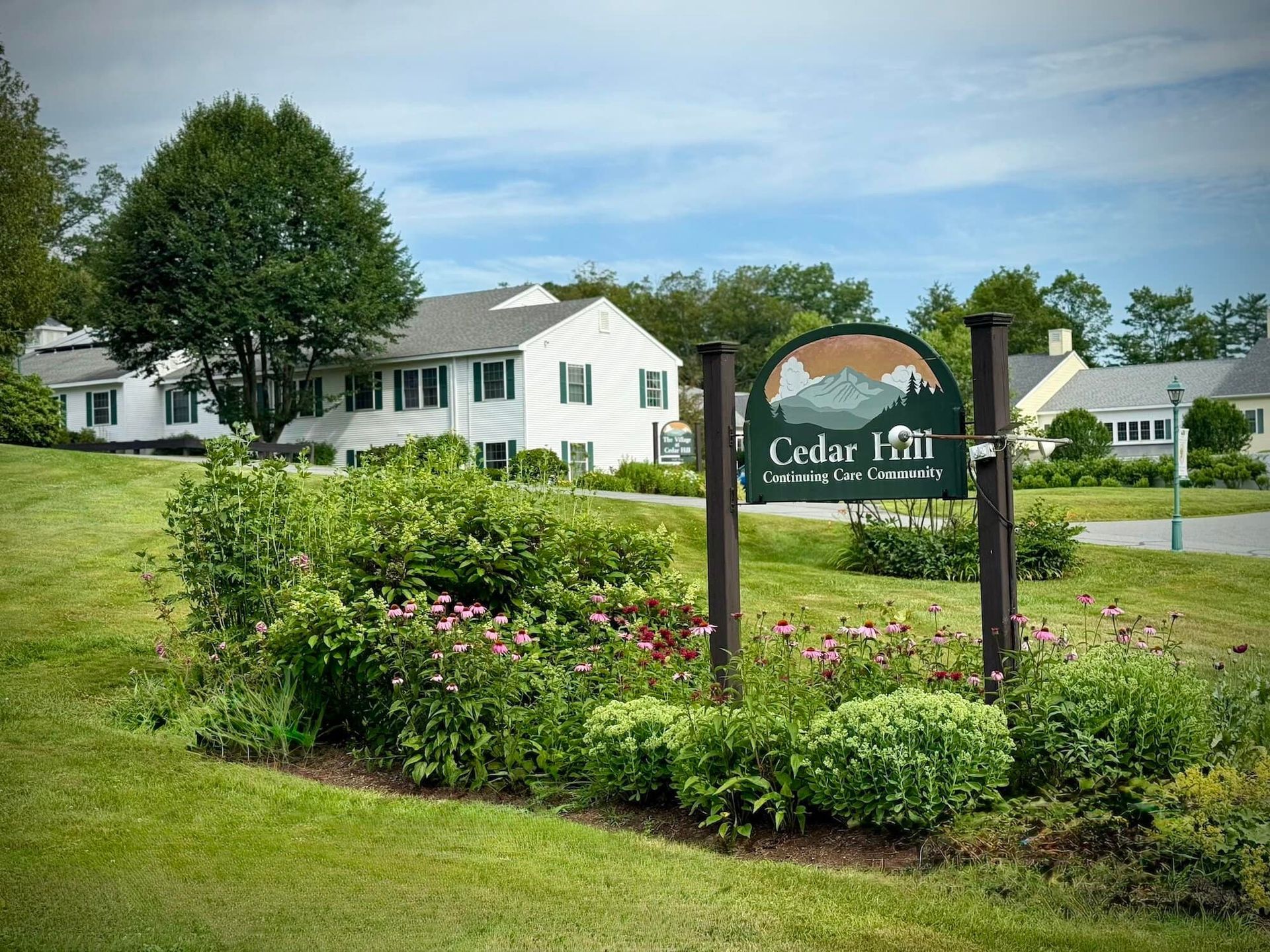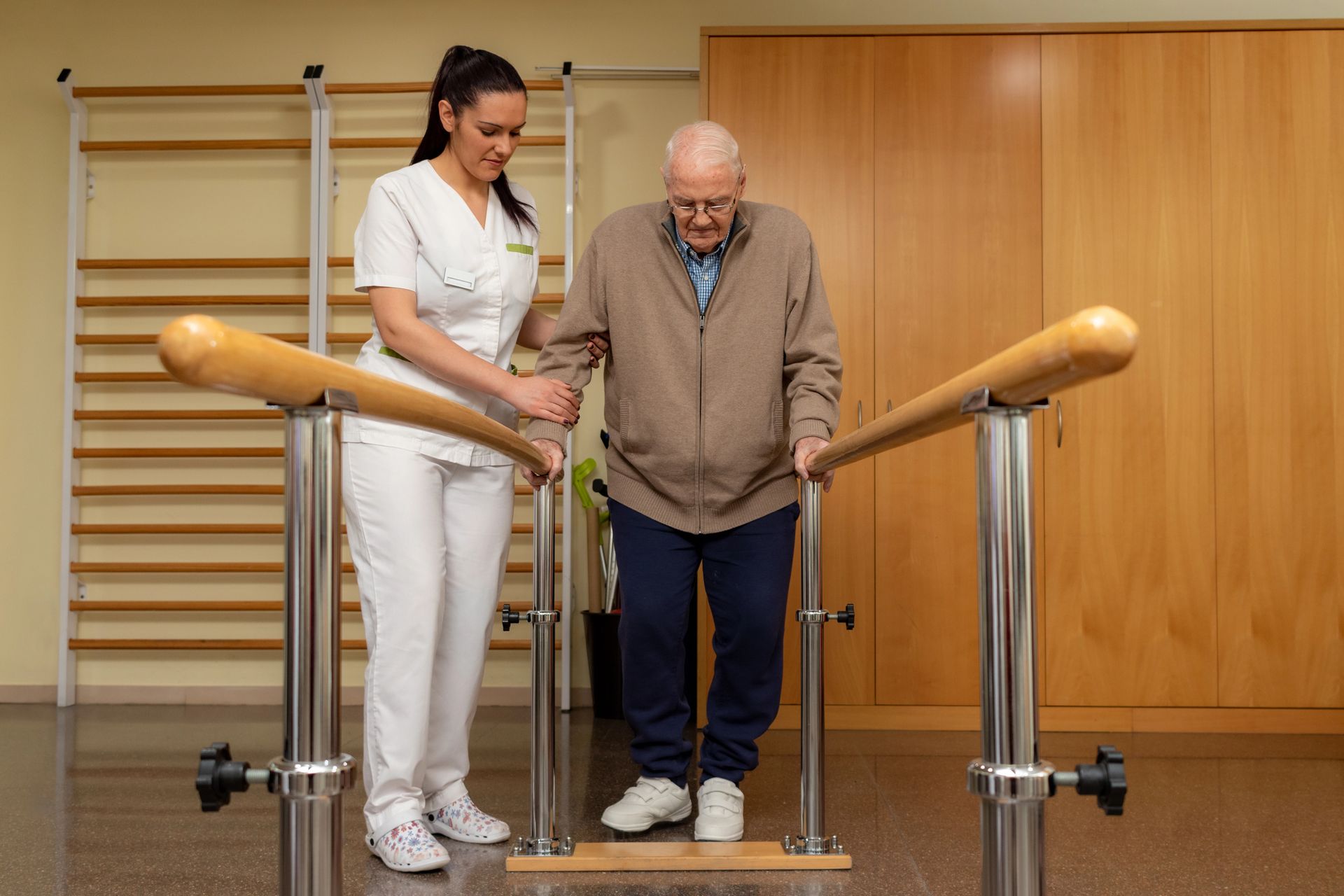The Ultimate Guide to Assisted Living: Services, Costs, and Benefits
Assisted living offers seniors apartment-style housing with daily task support. This guide covers services, benefits, and costs of assisted living to help you decide if it’s the right choice.
Key Takeaways
- Assisted living combines apartment-style housing with essential support for daily activities, promoting independence while ensuring safety.
- Key benefits include enhanced safety, social engagement, and reduced feelings of isolation, contributing to improved overall well-being for residents.
- Cost considerations and payment options for assisted living vary, with potential financial assistance available through Medicaid and other programs.
Understanding Assisted Living

Assisted living is a type of senior living that combines apartment-style housing with support for daily tasks, helping seniors maintain their independence while receiving the care they need. Assisted living is part of the long-term care continuum of care. Assisted living provides a middle ground between independent living and more intensive care options like nursing homes. Assisted living is similar to residential care facilities and board and care home. Often in those homes, residents will have a private room. In most assisted living facilities, residents can choose an apartment - from studio to one- or-two-bedrooms - with at least a partial kitchen.
One of the key features of assisted living communities is the balance of privacy with the support the staff provide. Unlike independent living, which offers a community lifestyle without daily assistance, assisted living facilities provide staff who can support residents with activities of daily living (ADLs) such as eating, bathing, dressing, and toileting. This support is crucial for seniors who need help with these tasks but still wish to retain a level of independence. Assisted living communities are designed to help seniors with these daily activities while promoting maximum independence.
Additionally, most assisted living homes are built specifically with older seniors in mind. The design of these communities often includes safety features like wide hallways, handrails, wheelchair accessible apartments and entries, and emergency response systems that allow residents to navigate their environment with greater ease. In addition, living in an assisted living is a maintenance-free lifestyle. Staff at the assisted living take care of all repairs and handle all the facility maintenance. Most also come with weekly housekeeping as well. This allows residents to focus on enjoying their later years without the burden of daily chores and home maintenance.
Key Benefits of Assisted Living Communities
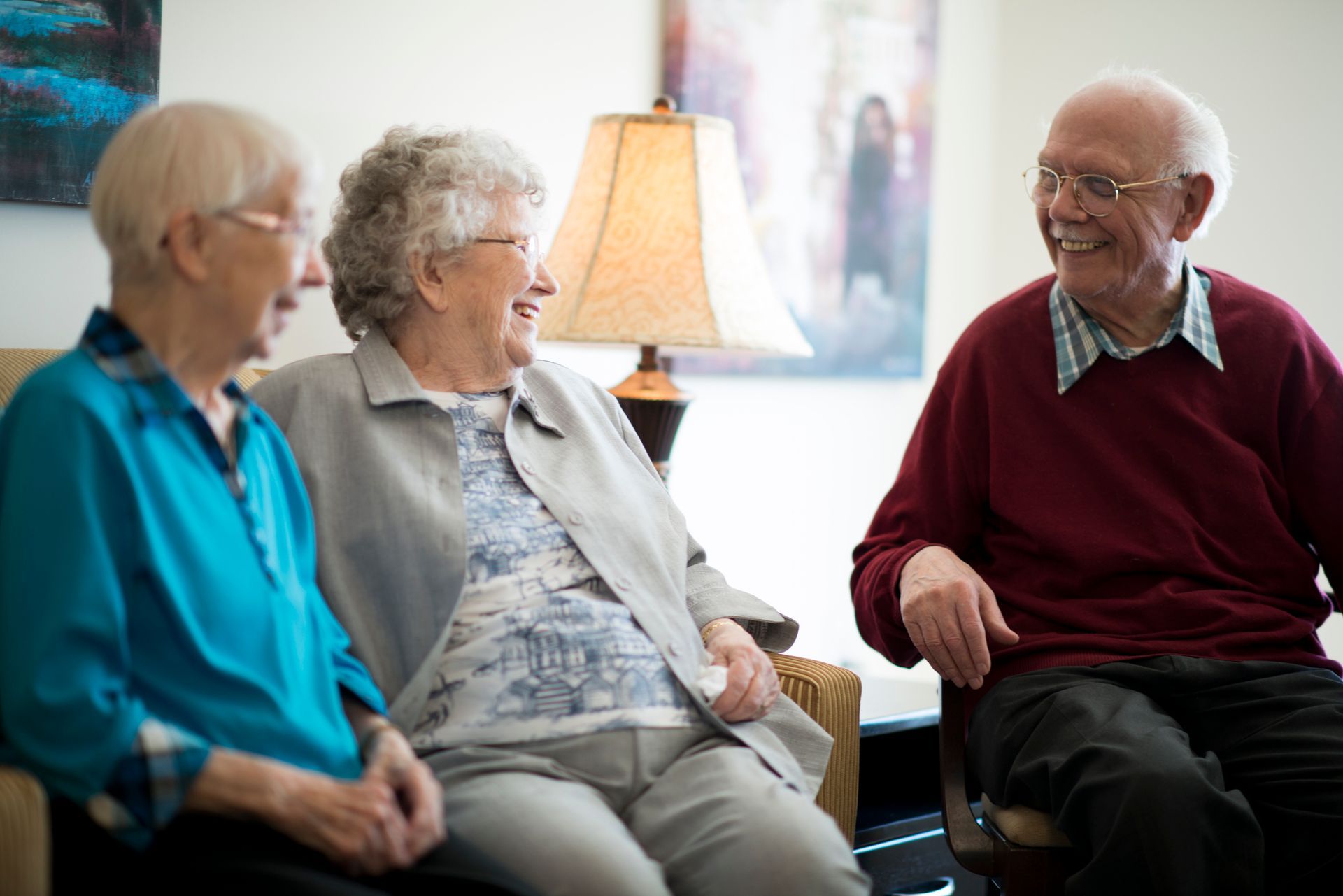
Assisted living communities offer numerous benefits that enhance the quality of life for seniors beyond their physical space. One of the most significant is how they foster social engagement, which contributes to helping residents' emotional and physical well-being.
Most assisted living facilities provide a wide variety of social activities such as game nights, outings, art classes, and fitness classes to foster community engagement. These activities keep residents physically active and provide opportunities for social interaction, which is crucial for mental and emotional well-being. Stronger social interaction helps mitigate feelings of loneliness and can even slow the progression of cognitive impairments. Families often report significant improvements in their loved ones’ happiness and well-being after moving into assisted living communities from their own homes.
For many families, one of the greatest benefits of assisted living is the peace of mind it provides. Knowing that their loved ones are in a safe, supportive environment with access to personalized care and assistance brings comfort and reassurance.
When to Consider Assisted Living
Deciding when to consider assisted living for a loved one can be challenging. Several indicators can help you determine if it is time to explore this option. Worsening physical health, increased mobility challenges, and difficulty managing daily tasks are significant signs that assisted living might be necessary. These challenges can make it difficult for seniors to live independently safely.
A higher frequency of falls is another critical indicator. If an older loved one is experiencing more frequent falls, these may signify that they require a safer living environment with professional support. Residents in assisted living typically wear an emergency call pendant or bracelet so if they fall they can call for help immediately.
Neglect in personal hygiene can also suggest that an older adult is struggling with self-care, which may necessitate assisted living. When seniors begin to neglect their hygiene, it can lead to health issues and indicate that they need more support than what family caregivers can provide.
Involving the loved one early in the discussion about assisted living ensures they feel empowered and part of the decision-making process. Waiting too long to discuss assisted living can make finding a good fit harder and moving more stressful for the older adult and the family. By addressing the topic early and openly, families can make a smoother transition and find a community that meets their loved one’s needs.
Other Services Provided in Assisted Living Facilities
One of the cornerstones of assisted living services is 24-hour assistance for personal care, including help with hygiene and mobility for residents. This around-the-clock support ensures that residents can receive help whenever they need it, providing peace of mind for both residents and their families.
Medication management is another crucial service. This service helps residents adhere to their prescribed medication schedules and reducing the risk of health complications from missed doses. It also helps with keeping the prescriptions filled timely.
One of the other key services are meals. Many residents who move in love never having to cook again. The assisted living dining services typically feature nutritious and varied meals prepared by professional chefs, emphasizing fresh and healthy ingredients. Additionally, many can cater to special dietary accommodations, ensuring that residents’ nutritional needs are met.
Assisted living facilities also provide access to onsite services from various medical professionals, including dentists and mental health therapists who offer house calls.
Comparing Assisted Living to Other Senior Care Options

When exploring senior care options, it is essential to understand the differences between assisted living and other types of care. Independent living, for example, focuses on providing a community lifestyle without the need for frequent medical care or daily assistance. While independent living offers amenities and social opportunities, it does not provide the same level of support for daily activities as assisted living.
Assisted living combines independence with support for daily activities, making it an ideal option for seniors who need help with tasks such as bathing, dressing, and medication management but still wish to maintain a level of independence. This combination of independence and support distinguishes assisted living from other care options and caters to the unique needs of many seniors.
Memory care is another specialized option that provides tailored support for seniors with cognitive impairments, such as Alzheimer’s or dementia. While both memory care and assisted living offer personal assistance, memory care includes additional services and security measures designed to support individuals with cognitive challenges. Understanding these differences is crucial for selecting the right care option for your loved one.
Nursing homes, also known as skilled nursing facilities if they provide rehabilitation care, provide the highest level of care, including 24-hour nurse supervision and assistance with all daily activities. Nursing homes are typically for individuals with significant medical needs who require intensive care and monitoring. Often, if a resident needs two people to help provide care, they will need the oversight of a nursing home. Comparing these options helps families make informed decisions about the best living arrangements for their loved ones.
Costs and Payment Options for Assisted Living

The cost of assisted living cost can vary widely based on several factors, including location, apartment size, and the level of assistance needed. Monthly costs can range significantly, with some communities offering tiered pricing based on the specific time caregivers spend assisting residents. Understanding these cost structures is essential for budgeting and financial planning.
Many residents pay for assisted living through a combination of social security, pensions, and savings from home sales. Long-term care insurance is also becoming an increasingly popular option to help manage assisted living living cost expenses. It is important to explore all available financial resources to ensure that the costs are manageable.
Medicaid has the ability to cover costs for assisted living via a waiver program. However, it’s important to note that not all assisted living communities accept Medicaid. Veterans may qualify for financial support that can exceed $2,000 monthly through a specific benefits program. Exploring these options can significantly reduce the financial burden of assisted living.
Community fees are often required upfront and can range from half to two months’ rent. These fees cover initial costs and help maintain the community’s operations. By understanding the various payment options and cost factors, families can make informed decisions and plan accordingly for their loved ones’ care.
Tips for Touring Assisted Living Communities
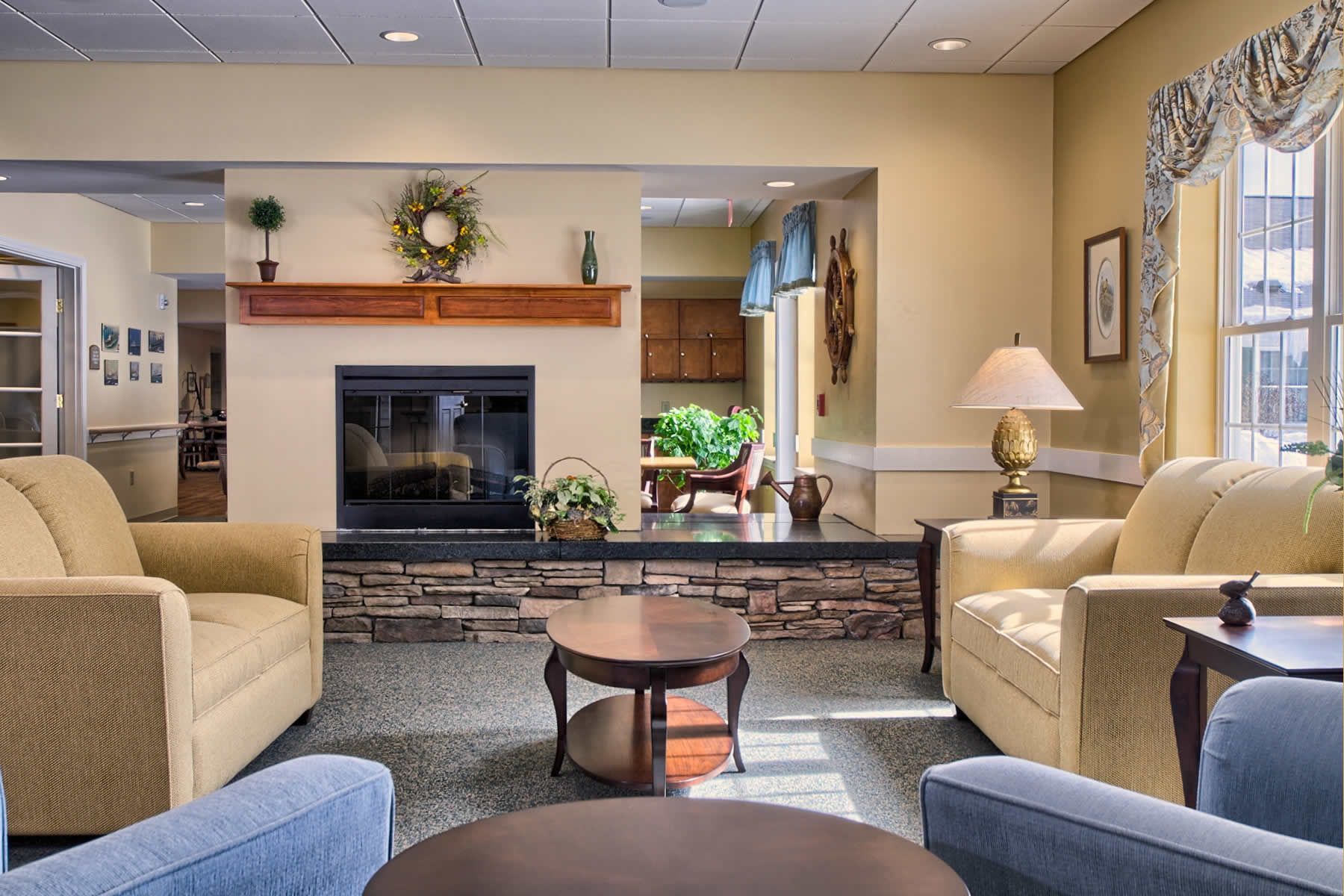
Touring assisted living communities is a crucial step in finding the right fit for your loved one. When evaluating a community, consider its overall attractiveness, including lighting and décor, to ensure it feels welcoming and homelike. A clean and well-maintained environment is also essential for residents’ comfort and well-being.
Observe interactions between staff and residents during your tour. Look for warmth and familiarity, which can indicate a positive environment where residents feel valued and cared for. Staff should listen carefully to your needs and be prepared to discuss how the community can meet them.
Safety features are another critical aspect to evaluate. Check for emergency response systems, non-skid flooring, and handrails to ensure the community is equipped to handle residents’ needs safely. By focusing on these details, you can make a more informed decision about the best community for your loved one.
Asking questions about the community’s services, activities, and care options is essential during your tour. This information will help you understand how the community can support your loved one’s specific needs and preferences, ensuring a smooth transition and a positive living experience.
Transitioning to Assisted Living: What to Expect
Transitioning to an assisted living community can be an emotional and challenging process. Prioritize packing essential items first to simplify the moving process and make the new space feel familiar and comforting. Setting up a familiar living space with personal items can significantly help seniors adjust to their new environment.
Regular visits from family members can help ease feelings of loss and reinforce the sense of belonging in the new community. And many communities welcome family members at meals, which is a good way for families to visit.
At Cedar Hill, our staff is dedicated to supporting residents during their transition. We may refer to move managers and assist with unpacking, ensuring that the move is as smooth and stress-free as possible. By focusing on these aspects, we help residents settle into their new homes and feel comfortable and supported.
Understanding what to expect during the transition can alleviate many concerns and help families and residents feel more confident about the move. Our goal at Cedar Hill is to provide a welcoming and supportive environment where residents can thrive.
Cedar Hill Continuing Care Community: A Closer Look
Cedar Hill Continuing Care Community emphasizes a person-centered approach, ensuring that residents’ individual needs are at the forefront of their care. Our range of care options includes independent and assisted living, short-stay rehabilitation, skilled nursing care, memory care, and dignified end-of-life care, catering to various stages of senior living.
Founded in 1988, Cedar Hill has been caring for the community for over 35 years, creating a warm and inviting campus environment for residents. Our comprehensive range of services fosters holistic well-being for seniors. The professional staff at Cedar Hill is dedicated to providing compassionate care individualized for each resident.
Our person-centered approach ensures that each resident receives care tailored to their specific needs and preferences. We are committed to excellence and resident well-being across out entire campus.
Summary
In summary, assisted living communities offer a blend of independence and support, tailored to meet the unique needs of seniors. These communities provide numerous benefits, including enhanced safety, social engagement, and personalized care, all of which contribute to residents’ overall well-being. Key indicators for considering assisted living include worsening physical health, increased mobility challenges, and difficulty managing daily tasks. Assisted living facilities offer a comprehensive range of services, from help with activities of daily living to medication management and holistic rehabilitation.
Understanding the costs and payment options for assisted living is crucial for financial planning. Exploring various options, including social security, pensions, long-term care insurance, Medicaid, and veteran benefits, can help manage these expenses. Touring potential communities and observing their environment, staff interactions, and safety features can ensure a good fit for your loved one.
Transitioning to assisted living can be a smooth process with the right support and preparation. Cedar Hill Continuing Care Community is committed to our person-centered approach, with professional staff and our range of services, making us an excellent choice for senior living.
Frequently Asked Questions
What is assisted living?
Assisted living provides seniors with apartment-style accommodations while offering support for daily activities, enabling them to preserve their independence with necessary care. This arrangement strikes a balance between autonomy and assistance.
How does assisted living differ from independent living?
Assisted living differs from independent living in that it offers personalized support with activities of daily living, whereas independent living allows for a more autonomous lifestyle without regular medical assistance. The choice between the two depends on the level of care and support needed.
What services are provided in assisted living facilities?
Assisted living facilities provide essential services such as assistance with daily activities, 24-hour personal care, medication management, housekeeping, maintenance, nutritious meals, and onsite medical services. These services ensure residents receive the support they need for a comfortable and dignified living experience.
What are the costs associated with assisted living, and how can they be managed?
The costs associated with assisted living can be managed through various payment options such as social security, pensions, long-term care insurance, Medicaid, and veteran benefits. It is essential to explore these alternatives to find the most suitable financial solution for your circumstances.
How can families ensure a smooth transition to assisted living for their loved ones?
To facilitate a smooth transition to assisted living, families should prioritize packing essential items and creating a familiar living space, while also maintaining regular visits and utilizing support from staff and move managers. This strategy addresses both emotional and practical challenges effectively.

